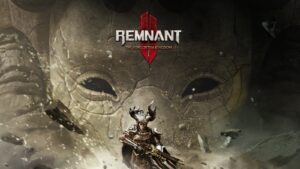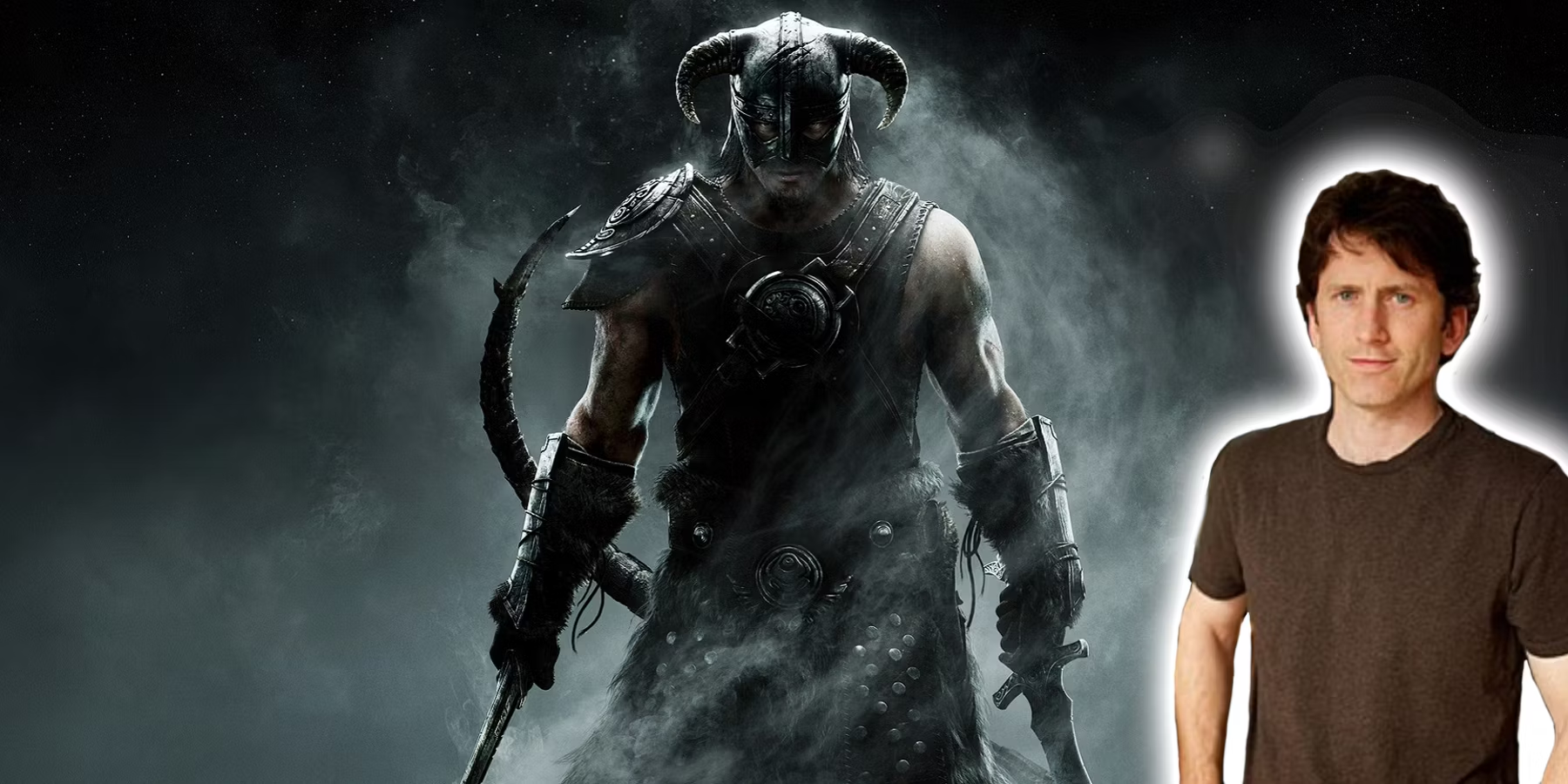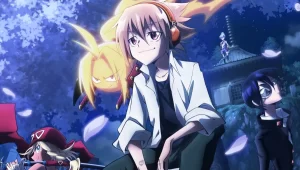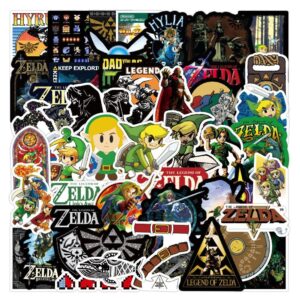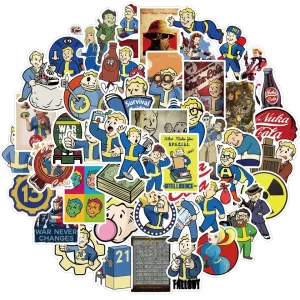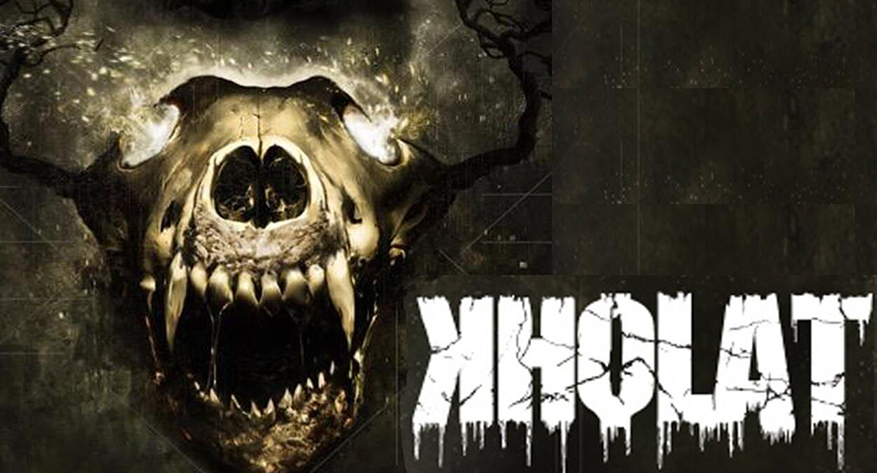
On the 2nd of February, 1959, a group of nine experienced hikers from the Ural Polytechnic Institute headed into the northern Ural Mountains. Their destination: Otorten. However, as snowstorms and decreasing visibility caused them to lose their way as they trekked through the mountainous landscape, they established a camp on the slopes of Kholat Syakhl.
They never made it to where they had planned to go.
And they never made it back.

So begins our journey to Kholat Syakhl.
Kholat, developed by the Polish studio IMGN.PRO, is a first person indie exploration horror game inspired by the true story of the Dyatlov Pass Incident. Terrifying yet beautiful, this game is set deep in the blistering winter scenery of the Ural Mountains, and it is your task to discover the truth behind the mystery that has confounded the world for almost six decades.
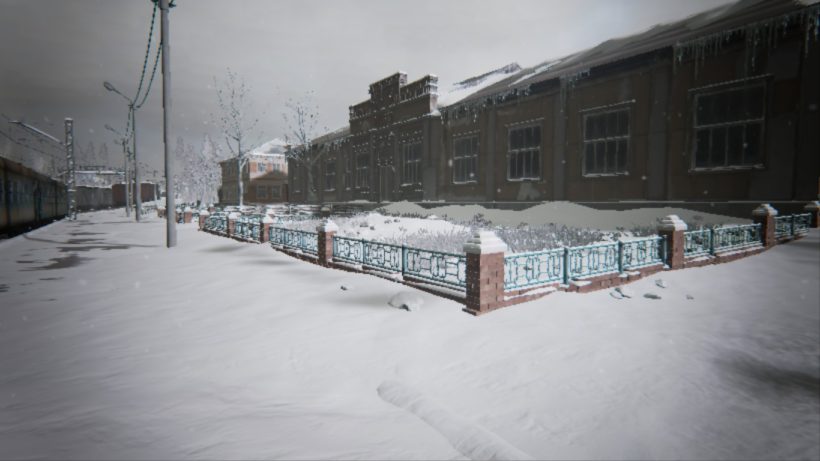
The game begins by explaining the Incident that has led you to seek the truth, and opens to a small town named Vizhai, the last inhabited settlement close to Otorten and Kholat Syakhl. At first it doesn’t seem like there is anything to do, and after a little exploration I found that there was indeed nothing of interest… so I headed out into the cold, unforgiving wilderness beyond the town’s borders. There was no colour to the world outside of the town, the trees and the snow and even the sky blurred into a mixture of greys and whites. The piano melodies that greeted me upon arriving at Vizhai followed me as I crunched along, but soon died off as rocks replaced trees. The town disappeared into whiteness behind me.
The music is just as haunting as the game’s events. As I continued on, the music changed to fit where I was. It mostly stayed as a soft ambiance that admittedly sent chills down my spine.
All of a sudden…
Abruptly, the ground fell out from underneath me. Snow encompassed me. Visibility dropped to not even half an inch in front of my face. The storm obscured everything, and without anything to guide me I had no choice but to walk. I had to keep my gaze pointed at my feet and watch my footprints, because it was something different, something other than the snow.
One of the larger inconveniences with Kholat was how easy it was to actually get lost, but that’s not something that takes away from the game. Rather, it adds to it. The sensation of being lost and disoriented in the wilderness is surely horrifying to a lot of people, as we are used to the urban environments of cities and towns, not the blustering snowy wastelands of Russia’s Ural Mountains. It took me almost twenty minutes of wandering before I found a small tent, which I hurried to and took shelter in. And that was where I found the greatest help of my exploration: the map and the compass.
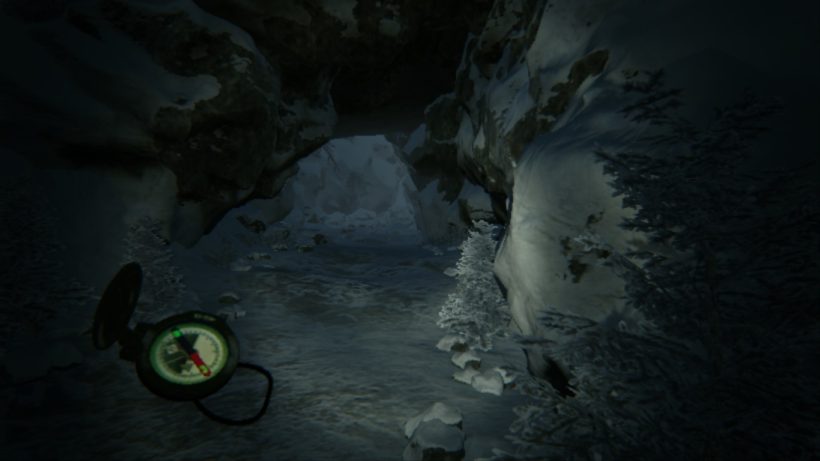
The only thing is… you have to read both.
You have to have at least an inkling of knowledge on how to read both.
I do not.
Help.
I cannot read a compass or a map for the life of me despite being a Navy Cadet for almost four years. The fact that this game calls for it is the only real complaint I have. It’s almost impossible to read the bearings on the compass unless you zoom in, and even then it’s still a difficult undertaking. The lack of icon showing where you are on the map isn’t too bad, although certainly annoying. This adds to the immersion.
After taking a nap inside the tent, I woke to see strange, glowing footsteps leading away from the tent. Disregarding all logic I followed them to a strange red crater, in which I found a piece of paper. I collected this paper and read it, unaware of the happenings around me until it was too late.
I put the paper down, turned around, and watched as stones began to float around me. It vaguely occurred to me to move, but I didn’t move far enough. I watched the stones fall… and then came face to face with what I could only describe as a demon.
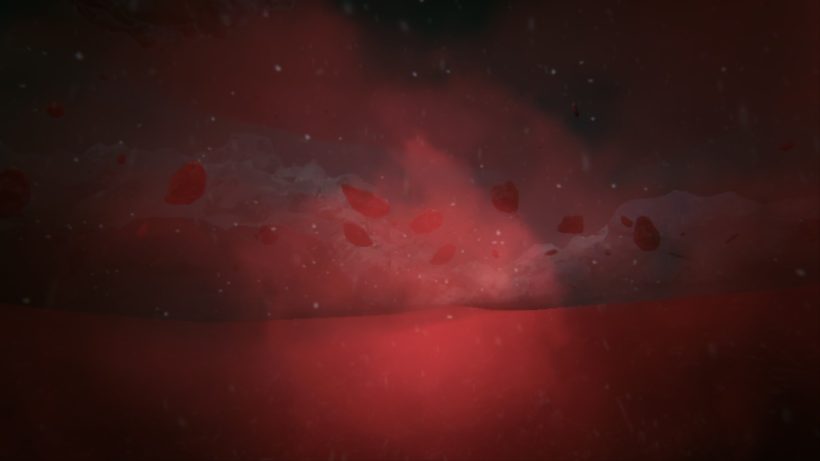
Back to reality, my housemate, sitting on the couch only a few steps away, startled when I screamed. The demon – described in game as a “shadowy anomaly” – grabbed me and forced its way inside my body. I collapsed, the environment spinning around me… and then I was dead.
The death scenes are not detailed. While reminiscent of how you die to the Walrider in the finale of Outlast, it isn’t graphic or brutal. It’s literally just… essentially you falling over and dying.
Kholat seeks not to frighten you with the shadowy anomaly that chases you around and kills you in one shot. While this spectre is a key part of the game – and did indeed make me cry more than once – I was personally more afraid of getting lost in the mountains and dying from hypothermia, starvation and dehydration. Because I’m fairly sure the main character has no food and no water. You didn’t even bring a way to defend yourself from bears. Also… I almost fell in a pit. There was a spike pit.
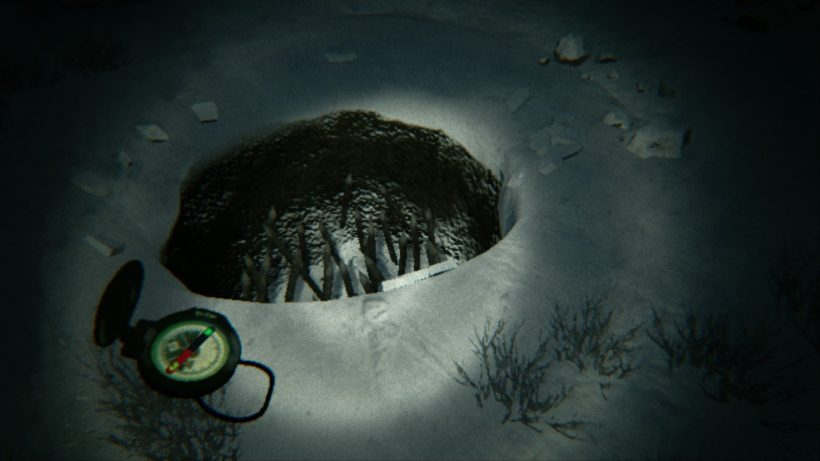
But this game, outside of having no bear defence, is brilliant.
Kholat has done many things right. Firstly, the use of a map and a compass. These are your only tools for discovering the truth about the Dyatlov Pass. In the time this took place, a map and compass would have been invaluable tools. The technology we take for granted was not available and would have been completely useless. This keeps people immersed in the game, makes them feel as if they are there, experiencing the horrors of the Russian wilderness.
True facts make everything better… and more haunting.
Secondly, the addition of case files and journal entries. The facts about the Dyatlov Pass Incident are scattered around the rocky mountains. Your job is to find them. You must use the compass bearings written on the map to find the key information of the case. But that’s not the part that makes this game so beautifully haunting. The inclusion of the case files shows that IMGN.PRO did their research about this haunting event, tried to make Kholat the best game they could and succeeded. They kept everything as true to the facts as possible, yet put a surreal spin on the mystery still unsolved.
And thirdly, the game’s story itself. As you progress throughout the story dread settles in. I was on the edge of my seat for a large chunk of the game, apprehensively whipping around and trying not to die from something I could hardly see.
I will not give any spoilers about the events of the ending, but I will say this: expect nothing. Kholat is a game about questioning rather than answering, and the ending continues with this trend.
I’m lost. And dead. That doesn’t surprise me.
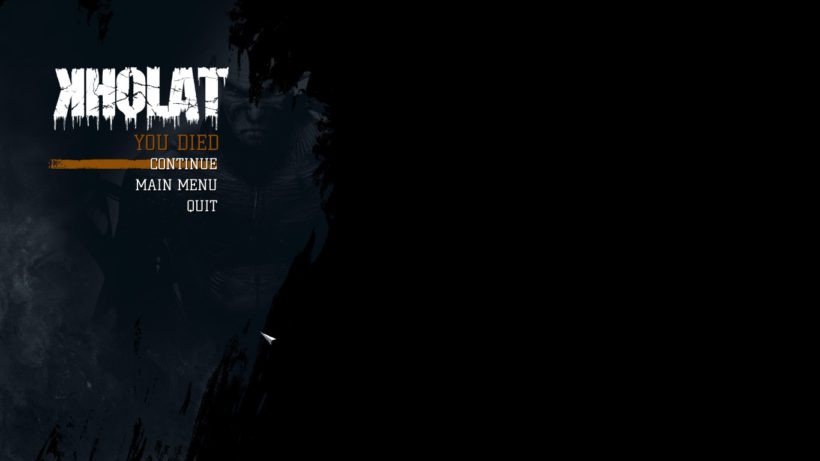

The poorest thing about this game was the lack of any real direction. It was all up to searching for clues, searching for papers. A faint rustling sound is all you have to go off. Visibility is so poor you need to use your ears. This makes for a fair amount of random wandering that is unfortunately necessary. A little more straight forwardness would have been great. To some degree you do get a guide, but if you lose sight of it, you need a lot of luck on your side to find your way. Otherwise, you will die.
Despite this, Kholat is a phenomenal game that deserves every praise it gets. IMGN.PRO has taken a true mystery and put their own unique spin on it, coupling it with haunting music and a chilling, dark wilderness. What emerges from this combination is a riveting, terrifying story that sinks its claws right into you and stays with you even after the close.
- THE GOOD
- True to facts
- Sean Bean narrates it
- Haunting, beautiful soundtrack
- Immersive
- THE BAD
- Need to be able to read a compass and a map
- 9
- Superb
Review Summary
A wonderfully haunting game that promises to make your heart race and your mind to reel. The mystery of the Dyatlov Pass Incident has been bought to life in a chilling, beautiful way.
Wanting to pick up the latest games at reduced prices? Or, are you wanting insane deals on most AAA and indie titles on PC? Well, we have you covered! Green Man Gaming is a great place for you to pick up the latest and greatest games. Currently, PUBG is a WHOPPING 60% off! Check it out right HERE!






